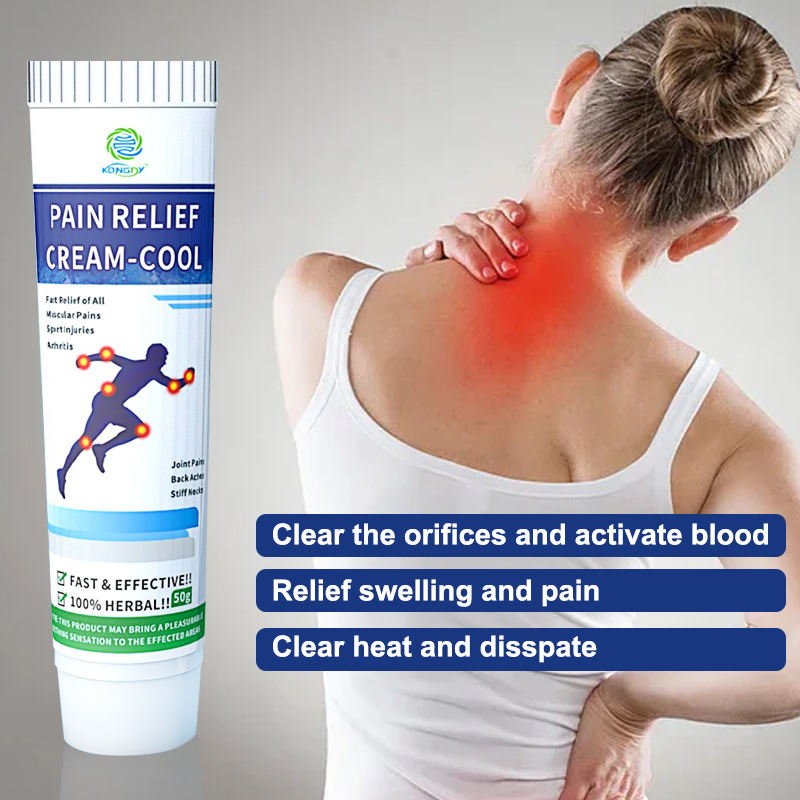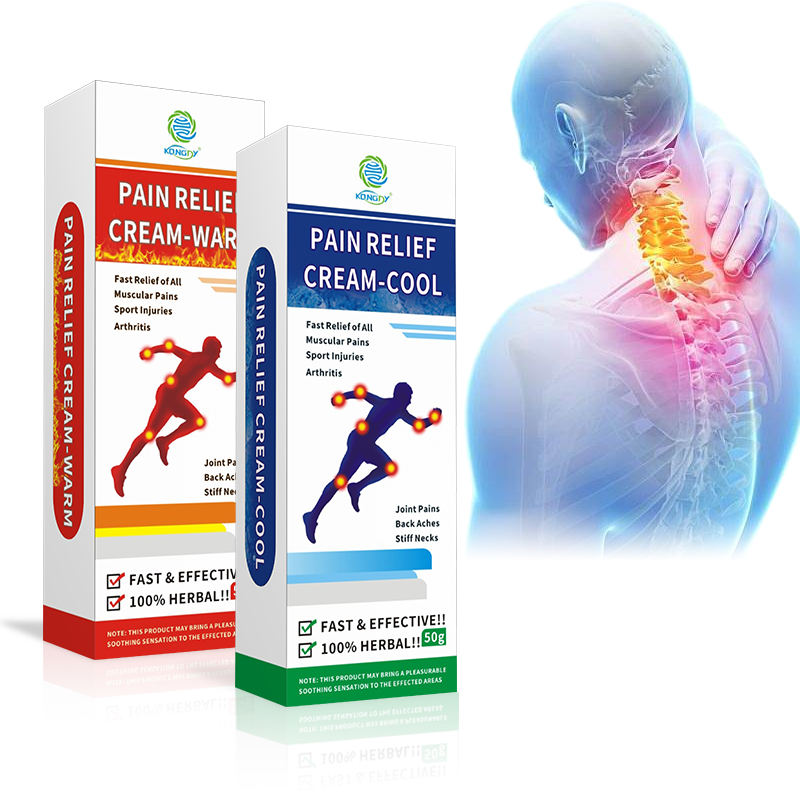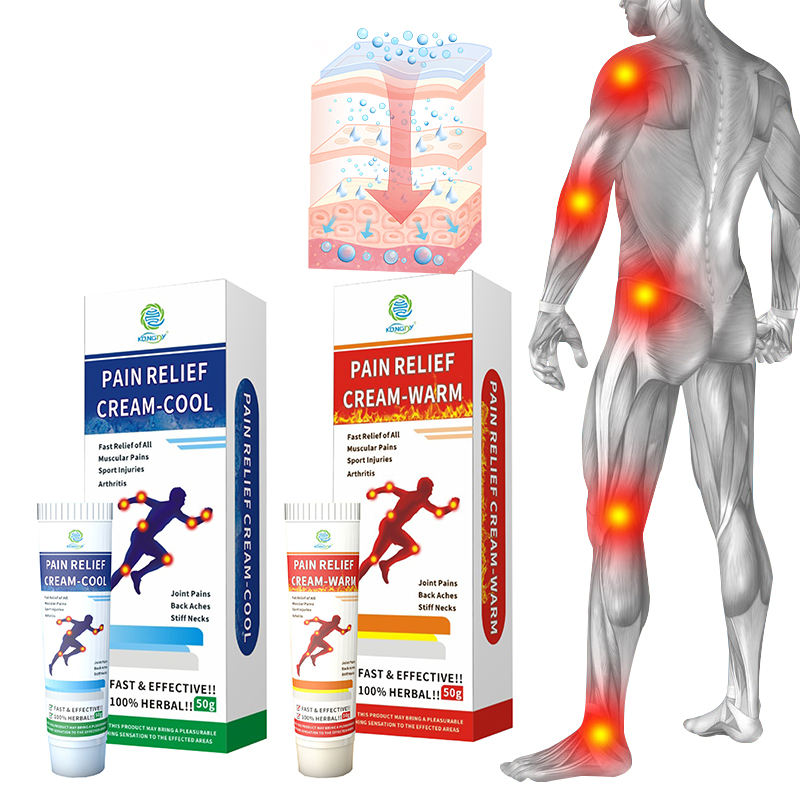As the elderly population continues to grow, elderly care facilities are faced with the challenge of providing patient-centric pain management solutions. Chronic pain is pervasive among seniors, with studies estimating that 50-80% of residents in long-term care facilities experience persistent pain. Unrelieved pain significantly impacts quality of life and can lead to reduced mobility, social isolation, depression, anxiety, sleep disturbances, and cognitive decline. However, pain is often underrecognized and undertreated in the elderly. Barriers to effective pain management include inadequate staff training, difficulty assessing pain in patients with dementia or communication barriers, and concerns over side effects of pain medications. This highlights the need for a multifaceted, patient-centered approach to pain management in elderly care facilities.

Topical pain relievers, such as creams, gels, sprays, ointments, patches and roll-ons that contain ingredients like menthol, camphor, lidocaine, diclofenac, capsaicin, salicylates, or NSAIDs (non-steroidal anti-inflammatory drugs) can be an integral component of multimodal pain therapy for the elderly. When used properly, pain relief creams offer a safe and effective complementary option to oral pain medications.
- Advantages of Pain Relief Creams for Seniors
Pain relief creams provide localized action and can be applied directly to the site of pain. This allows for targeted pain relief while limiting systemic side effects compared to oral analgesics. For example, topical NSAIDs like diclofenac gel bypass the gut and liver, reducing gastrointestinal side effects like ulcers or bleeding.
Pain Relief Creams are non-invasive and easy to administer. Caregivers can simply help apply the cream where the patient is experiencing pain. This avoids the need for swallowing pills, which may be difficult or dangerous for seniors with dysphagia.
Pain Relief Creams treat pain at the source. By rubbing the cream into the affected area, it may provide therapeutic benefits beyond analgesia like increased circulation and muscle relaxation.
Pain Relief Creams are well-suited for mild to moderate pain associated with common conditions like arthritis, strains, sprains, and neuralgia. Studies show comparable efficacy to oral analgesics without many of the side effects.
Pain Relief Creams allow flexible dosing based on patient need and pain severity. This avoids issues with missed doses of scheduled medications.
Some Pain Relief Creams like capsaicin derive from natural plant sources, appealing to seniors concerned over medications. Capsaicin creams provide pain relief by depleting substance P, which transmits pain signals.
With training, caregivers can empower elderly patients to self-administer topical analgesics and have an active role in their own pain management. This autonomy and involvement in care decisions is key for patient-centered care.
- Considerations for Using Pain Relief Creams in Elderly Care Facilities
Despite the advantages of pain relief creams, staff education is vital to ensure proper use and maximum benefit. Clinicians should thoroughly assess the patient and diagnose the underlying cause of pain before recommending appropriate topical treatments.
Caregivers need training on proper application and dosage of creams based on the ingredients, formulation, and patient factors like age and kidney function. For example, some lidocaine creams are prescription-only in higher strengths. Caregivers should follow administration instructions to avoid exceeding dosage limits, prevent adverse effects, and improve compliance.
Creams should not be applied to broken skin or near eyes, nose, or mouth. Caregivers need to monitor for skin reactions and allergies. Capsaicin Pain Relief Creams temporarily worsen pain before improving and require careful patient education.
Regular pain assessments using validated scales are essential to gauge effectiveness of creams and make dosage adjustments. Lack of improvement may indicate the need for alternative therapies or further diagnostic workup.
In summary, pain relief creams can be a safe, non-invasive intervention to improve pain management for seniors in elderly care facilities. With proper staff training, setting expectations, and integrating creams into comprehensive pain plans, topical analgesics can provide localized pain relief and improve quality of life. A patient-centered approach considers patient preferences and capabilities to empower the elderly towards self-care.









